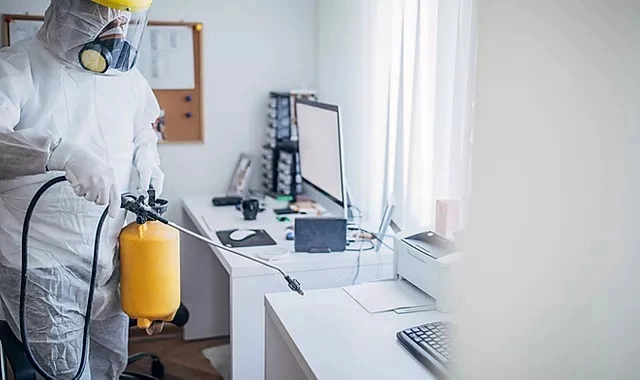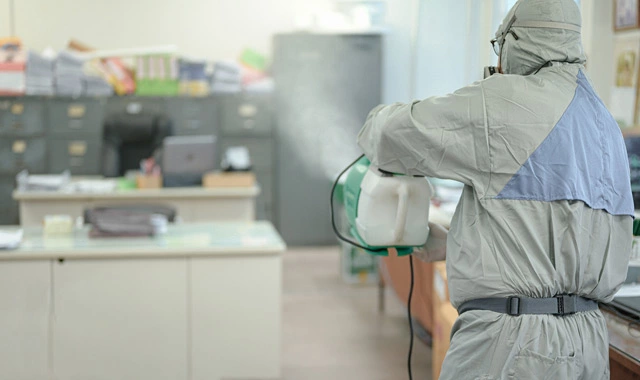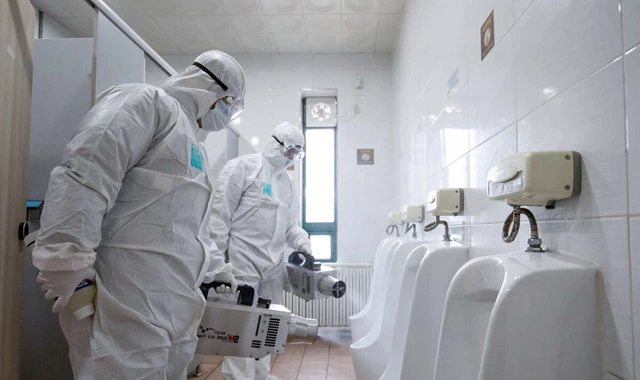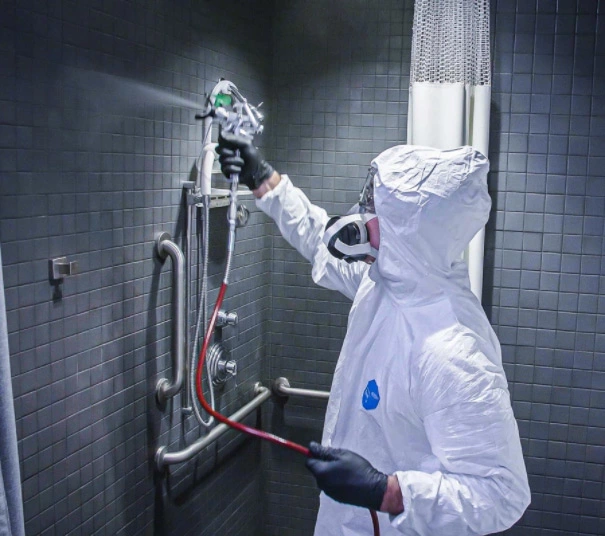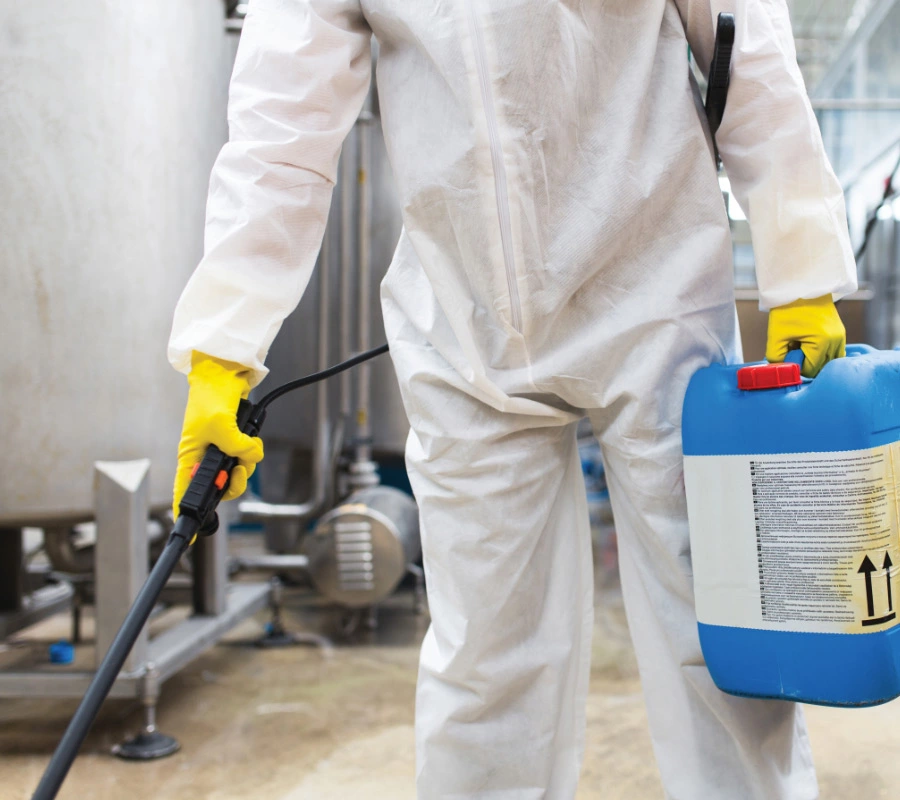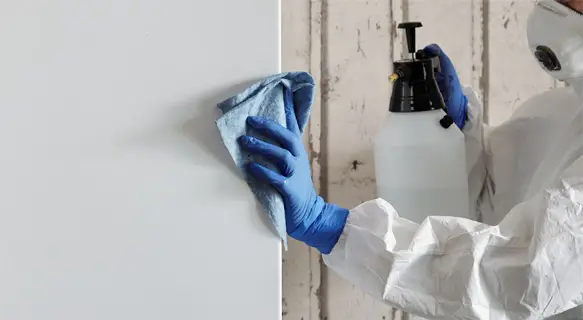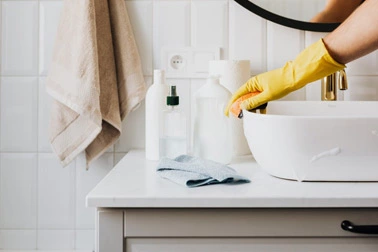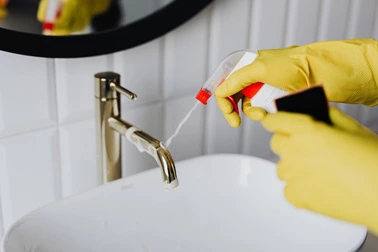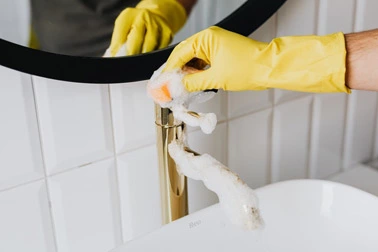Healthy bodies begin
with clean environment
SINGAPORE SANITIZATION, DISINFECTION AND CLEANING SERVICES
During a pandemic breakout, the best solution to keep every one including our family and employee safety is to disinfect and sanitize our home and workplace. Sanitization is the process that reduces and removes viruses, bacteria, and other germs. The sanitization service helps to drop bacteria count significantly. And constant house cleaning should be done to keep our space healthy and hygienic always. Sanitization services for home and offices are very essential to prevent us from contracting any illness from the bacteria or virus, especially during this pandemic Covid-19 infections currently haunting the world.
HOW SANITIZATION SERVICE CAN BENEFITS YOU
HOW WE OPERATE
What is so revolutionary about our services is the highly effective products and methods we use during their service will give you a wholly satisfactory cleaning experience leaving no pathogens behind after service at your home. Is cleaning a hobby? NOT ONLY A HOBBY BUT OUR RESPONSIBILITY! We put our heart into every sections that we clean.
DIFFERENCE BETWEEN STERILIZATION AND SANITIZATION
WHAT WE OFFER
CHOOSING THE RIGHT CLEANING AND SANITIZING PRODUCTS
Food safety programs are becoming a need for doing business in Singapore. The Centers for Disease Control and Prevention (CDC) guesses that every year, about one in six USA citizens (48 million) get sick, 128,000 are hospitalized and 3,000 die of foodborne illnesses An effective food safety program helps you meet your buyer needs, spread your market opportunity and continue to keep food safe.
Cleaning and sanitizing are important steps in ensuring the food you produce is safe. It done rudely food can be contaminated. All surfaces that may contact the food product indirectly or directly, such as tables, knives, utensils, cutting boards, bins, conveyor belts, aprons, hands, floors, walls, and many others must be rightly cleaned and sanitized.
Cleaning and sanitizing are 2 different processes and get different outcomes, although the terms are generally used interchangeably. Cleaning is a process to remove organic matters, visible dirt (e.g. organic soil), chemical residues, and microorganisms from objects or surfaces. Cleaning does not kill those microorganisms but just removes them or lower their numbers.
Cleaning does not kill those microorganisms but just removes them or lower their numbers. Sanitizing is a process where clean objects or surfaces undergo a treatment that decreases or kills microorganisms to a safe level. Cleaning and sanitizing generally go hand in hand.
Sanitizing would not work rightly without a thorough cleaning first.
Our top 5 carpet stain removal secret recipes
Using a sanitizer
Bad sanitization can cause food processed or prepared within a facility to become contaminated with useless microorganisms. This could cause food to have a little shelf life or flawed odors and taste. Cross-contamination can also outcome in illness and, in serious cases, death of people who use the contaminated food.
An area must be cleaned before it is sanitized. If it emerges that a sanitizer is not functioning rightly, the primary thing to verify is the sufficiency of the cleaning procedure preceding the sanitization step. Workers should rinse surfaces between sanitizing and cleaning. Cleaning chemicals that are not rinsed off of a surface can inactive some generally used sanitizers. Sometimes it is tempting to use extra sanitizer to make sure bacteria are killed.
Unluckily, the use of additional sanitizer is inefficient, can be serious to use, destroying to wastewater structures, and can be a waste of the sanitizer which breaks federal law. Perfect cleaning followed by rinsing and application of the advised concentration of sanitizer will be successful in sanitizing the facility.
It is also vital to note that the frequency of area sanitizing varies. According to the FDA code, non-refrigerated areas must be sanitized and cleaned at least every 4 hours. Most frequent cleaning and sanitizing may be required depending on what food is being processed and if there are changeovers from 1 food to another.
Much of the equipment used during food preparation is multi-function and many need to be disassembled for cleaning. Such equipment must be disassembled according to the product instructions and cleaned, rinsed, and cleaned following the label directions for the sanitizer.
Protecting customer and future business
Contaminated food can outcome in costly recalls, bad publicity, and lost business. Sometimes, it is not possible for a business to completely recover from these consequences. Thus, it is necessary for every food facility to maintain top cleaning and sanitization standards in order to preserve brand status. Understanding how to pick and use sanitizer products employees, customers, and brand status by decreasing the danger of potentially deadly outbreaks.
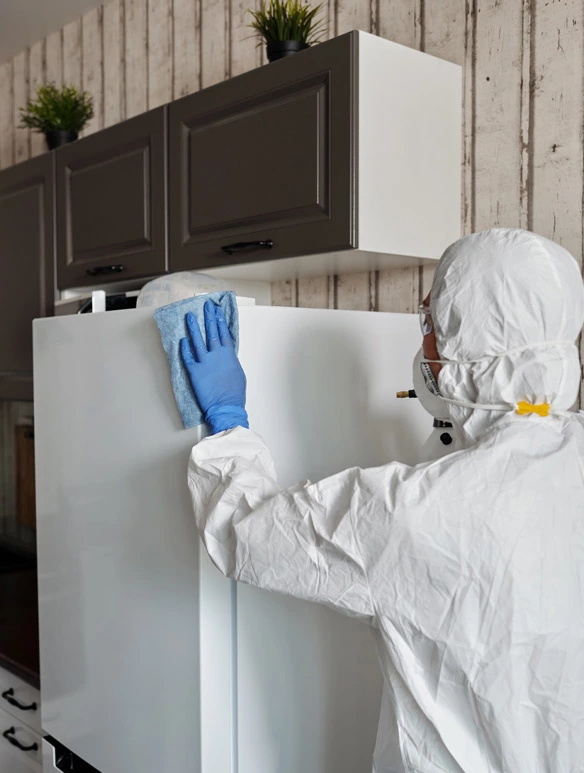
Please also visit our sister site if you need self disinfection coating service or advice. We have to best team in Singapore. We are here to help!
WHAT OUR CLIENTS SAYING
Excellent sanitisation services, reasonable price and you guys even give me a after sales follow up call. I am really please with your team
Benson Zhou
I cannot thank enough for the quality and precision of work done from start to finish. Very professional and knowledgeable!
Jovil Chang
Latest Covid-19 News
A study from scientists in Oregon shows that covid spreading through air conditioner. You may still in risk even you follow social distancing act.
